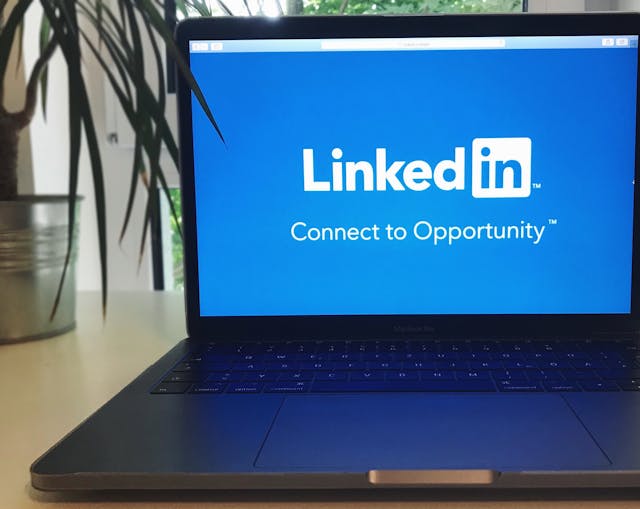For senior professionals seeking to secure executive roles, LinkedIn is a powerful platform that goes far beyond a digital resume. It’s a dynamic networking hub, a personal branding platform, and a powerful search engine that recruiters and decision-makers use to find top-tier talent. Here are five actionable LinkedIn strategies to elevate your executive job search and position yourself as a compelling candidate:
1. Optimize Your Profile for Executive Roles
First impressions matter. Ensure your LinkedIn profile is tailored to showcase your executive-level experience and skills. Use a professional headshot, an attention-grabbing headline, and a compelling summary that highlights your leadership capabilities, strategic vision, and notable accomplishments. Use keywords relevant to executive roles, such as ‘Strategic Planning,’ ‘Operational Leadership,’ or ‘C-Suite Strategy.’
Action Step: Rewrite your summary to reflect your career narrative, focusing on your impact in previous roles, your executive competencies, and what sets you apart as a leader.
2. Leverage LinkedIn’s Content Features to Demonstrate Thought Leadership
Content creation is a potent way to establish yourself as a thought leader. Share insights on industry trends, leadership strategies, or your expertise in key areas. Publish articles, share updates, or engage with relevant posts to stay visible and showcase your knowledge.
Action Step: Write a LinkedIn article or post that addresses a pressing issue in your industry or a notable accomplishment in your executive career.
3. Network Strategically with Decision-Makers and Peers
Networking at the executive level requires a targeted approach. Connect with industry leaders, recruiters specializing in executive roles, and former colleagues now in senior positions. Personalize your connection requests with a brief, value-driven message that reflects your shared interests or mutual connections.
Action Step: Identify 10 target connections in your industry and send personalized invitations, referencing common interests or mutual connections.
4. Engage with Executive-Level LinkedIn Groups
Joining LinkedIn groups relevant to your industry or executive function can provide insider information on upcoming opportunities, industry trends, and valuable connections. Participate in discussions, ask questions, and share your insights to reinforce your executive brand.
Action Step: Join at least three executive-level LinkedIn groups and actively participate in discussions to increase your visibility and credibility.
5. Utilize LinkedIn’s Advanced Search and Job Alerts
LinkedIn’s search features can help you identify executive job postings and connections at target companies. Set up job alerts for executive roles and use advanced search filters to locate key decision-makers in your target industry.
Action Step: Create job alerts for specific executive titles (e.g., ‘VP of Operations,’ ‘Chief Marketing Officer’) and reach out to potential connections at hiring companies with a concise, value-oriented message.
By implementing these five LinkedIn strategies, senior professionals can effectively position themselves as compelling executive candidates, expanding their networks, demonstrating thought leadership, and uncovering hidden opportunities. Remember, LinkedIn is not a static resume—it’s a dynamic platform to showcase your executive brand, engage with industry leaders, and strategically navigate your job search.






